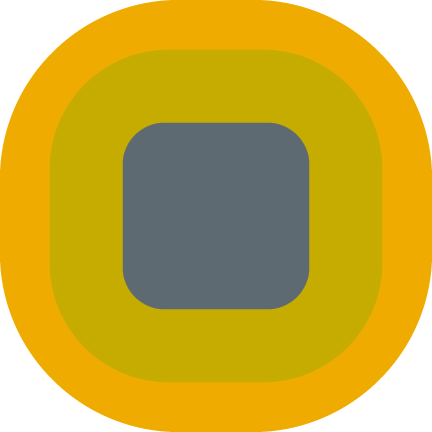NEW YORK – Ecstasy, the potentially lethal “love drug,” is on the move.
Glamorized in the 1990s by the predominantly white and suburban all-night “rave culture,” E-pills are now spreading fast into America’s rural areas and inner cities.
Just ask William Alicea. A year ago the teen from Spanish Harlem was a marijuana man. He thought the illegal little white pills stamped with colorful Teddy Bears, butterflies, and clovers that produce a feel-good high were a “suburban thing” – a quick way to make a buck in Westchester. Then he tried it.
Soon he was taking it two or three times a week. He kept it up for almost four months. Now, he’s at Odyssey House, a residential drug-treatment program in Manhattan.
“It made me feel happiness, it made let my emotions out,” he says. “Then I started reading how it could leave holes in your brain the size of a quarter. It’s the worst drug I’ve had.”
Mr. Alicea says most of his friends have now used Ecstasy. And they’re not alone. A recent study found that while overall teen drug use has leveled off, Ecstasy consumption is up 20 percent in the last year. At the same time, the illegal substance has shifted from a predominantly “club drug” – where its mix of speed and hallucinogens help keep people dancing through the night – to a regular recreational high.
Alicea and his friends used it when they were just hanging out. And there’s plenty around to play with, according to the Drug Enforcement Administration (DEA), in part because it’s cheap to make. It costs about 50 cents a pill.
And it’s easy to profit from: It sells for about $20 a hit. In 1998, the DEA seized 750,000 tablets. In 2,000 more than 9 million were impounded.
The trade was originally controlled by a small number of Israeli and Russian organized-crime rings, but now more traditional drug cartels – the Colombians and the Dominicans – have moved into the business. “There’s only one reason for that – money,” says the DEA’s special agent Robert Gagne. “This is more of a supply-side-driven drug – as the supply has increased so has the demand.”
Experts also blame the rapid hike in Ecstasy use – up 71 percent among teens since 1999 – on the misperception that the drug is fairly safe, a great high with little or no downside. Combine that with the easy availability and you get the same dangerous combination that fueled the cocaine epidemic of the 1980s.
“We now see that more kids have tried Ecstasy than have tried many of the more well-known drugs like LSD, methamphetamine, cocaine, crack, and heroine,” says Tom Hedrick, director of the Partnership for a Drug-Free America. “It has become a drug of choice among … young teens aged 12 to 18.”
That prompted the Partnership for a Drug-Free America to launch a major ad campaign this month aimed at dispelling some of Ecstasy’s myths. The goal is to “peel back the veneer,” says the partnership’s Ginna Marston, and educate kids on the growing body of evidence that indicates it is addictive and neuro-toxic – poisonous to the brain.
SINCE 1995, the number of Ecstasy-related emergency-room visits has increased tenfold, to more than 4,500. “Teens need to know that you can die from this drug,” says Ms. Marston. “The love and acceptance feelings are chemically created, temporary. It’s a false promise for a substance that causes brain damage.”
Lynn Smith fell prey to the illusion of Ecstasy’s allures. She came to New York from a small Pennsylvania town to pursue an acting career at age 19.
She’d been a “good kid,” got straight As. When she got to the city she discovered there were so many drugs “it was a like a candy store.”
The first time she tried Ecstasy, she says she “tingled from head to toe” and “felt like the center of the universe.”
She used it occasionally for about a year, then found herself craving it more and more. Soon she was popping up to six pills, three or four times a weekend.
“It was as easy to get as ordering a pizza,” she says. “My friends just picked up the phone and called a delivery service, and like Dominoes it would be there in 30 minutes or less.”
After six months of intensive use, she snapped one night. The doctors called it “drug induced” psychosis. She ended up in the hospital for two weeks. That was almost two years ago, and she says she’s still piecing her life together. Part of that process is volunteering for the partnership and talking to schools about her experience with the E-pill. “It does make you feel great, but there’s a real dangerous downside,” she says. “I think it’s my responsibility and my generation’s responsibility to lead these kids to a better place.”
Alicea is just beginning his recovery process – he’s battling a marijuana addiction as well – but he’s just as determined as Smith to stop other kids from experimenting with the seductive high of “E.” “If I was to go back to the neighborhood and say, ‘Don’t do it. In the long run, you’re only hurting yourself.’ They’d understand me. They’ll listen to me. They know I’ve been there,” he says.
(c) Copyright 2002. The Christian Science Monitor

